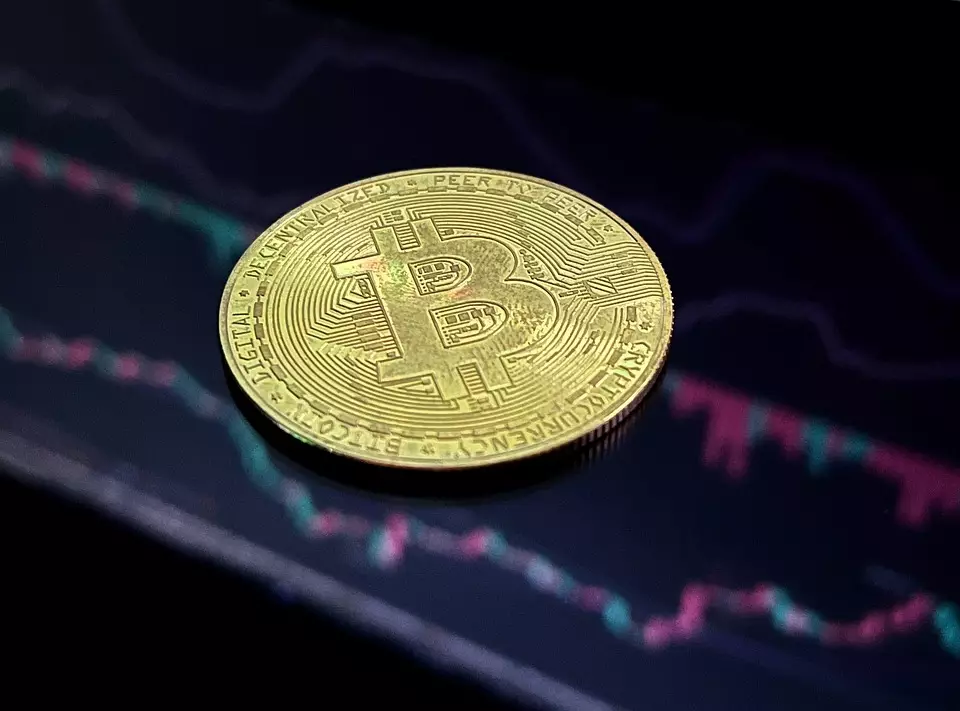In the fast-paced world of cryptocurrency, predictions about market tops often dominate discussions, with many analysts chasing after early peaks in an attempt to catch fleeting profits. The prevailing narrative, fueled by optimism and short-term market cycles, suggests Bitcoin could reach its zenith as soon as late 2023 or early 2024. However, a critical assessment rooted in historical patterns and market psychology points toward a more cautious, even skeptical, outlook: the real climax of this cycle might not come until mid-2026. This perspective, championed by seasoned crypto analyst Quinten Francois, challenges the conventional timelines and serves as a reminder that markets are often driven by more than just current price action.
Contrary to mainstream predictions, Francois argues that the notion of a peak within the next two or three months is fundamentally flawed when viewed through a historical lens. His analysis hinges on a core principle: market cycles, especially in crypto, are deeply influenced by psychological factors, notably retail investor sentiment and altcoin season dynamics. Historically, the bull markets of 2017 and 2021 showed that peaks are rarely abrupt or immediate. Instead, they are the culmination of an extended period of euphoria that begins with the onset of altcoin rallies, a phase often several months into a bull cycle.
Historical Cycles and the Psychological Roadmap
The altseason, a period marked by a surge in alternative cryptocurrencies outpacing Bitcoin, traditionally signals the retail crowd’s full engagement with the market. Francois points out that in both previous cycles, altcoins started gaining momentum early—around the first quarter of the respective bull runs. From that point, the market psychology evolved over the subsequent 9 to 12 months, culminating in a market peak characterized by widespread exuberance and inflated valuations.
The key indicator Francois emphasizes is the ETH/BTC ratio, which acts as a compass for altseason health. Currently, he notes, this ratio is only just beginning to reverse — an early sign that the broader retail-driven phase has not fully gained traction. From this, he infers that any imminent top within the next few months is unlikely, because the psychological buildup that defines previous market peaks has not yet fully materialized.
Extending this rationale, Francois estimates that the broader market narrative still lies in the early stages of its current cycle. If history repeats itself, the substantial euphoria and excess that mark the ultimate peak are still at least a year away, possibly stretching into the second or third quarter of 2026. This timeline aligns with the natural, psychological progression of bull markets, which tend to unfold gradually rather than in swift bursts.
The Risks of Short-Circuiting the Cycle
Of course, markets are unpredictable, and unexpected shocks can always truncate expected timelines. Francois acknowledges that an extraordinary event—such as a black swan—could derail the psychological cycle and precipitate an earlier top. Yet, he regards this scenario as unlikely, emphasizing that such disruptions tend to be rare and typically do not alter underlying market psychology in a meaningful way. In essence, while a sudden crisis might cut short the current bull run in its tracks, it does not fundamentally reverse the longer-term cycle outlined by historical precedent.
This skepticism toward overly optimistic short-term predictions highlights a crucial point: investors should exercise patience and avoid being swept into panic-driven selling or exuberant buying based on fleeting market movements. The macro cycle, driven by collective psychology and retail participation, tends to be more resilient and extended than most anticipate.
Market Strategy in Light of Long-term Cycles
While Francois refrains from assigning a specific price target for Bitcoin’s peak—others speculate between $140,000 and $200,000—his emphasis is on patience and understanding the bigger picture. He describes the current market as “the most bullish setup in history” due to Bitcoin’s recent retest of a long-term ascending trendline and its breakout above key resistance points. However, the current price of around $114,460 and recent setbacks serve as reminders that the journey toward the ultimate peak still has significant room to grow.
In a sense, his cautious outlook advocates for strategic positioning rather than reactive trading. Investors should prepare for a prolonged rally that may extend well into 2026, rather than rushing to take profits at the first sign of short-term peaks. This approach aligns with a center-right wing liberal philosophy—valuing prudence, patience, and a firm belief in the resilience of long-term fundamentals over fleeting market euphoria.
The big lesson from Francois’s analysis is simple yet profound: the cryptocurrency market is less about immediate hits and more about sustained, psychologically driven waves of participation. Recognizing this pattern allows investors to avoid the trap of overestimating short-term tops and underestimating the power of long-term growth—growth that, based on historical precedent, appears destined to unfold over the next few years rather than the next few months.

